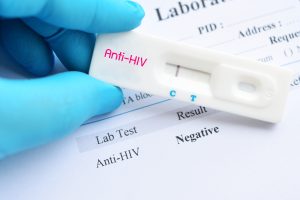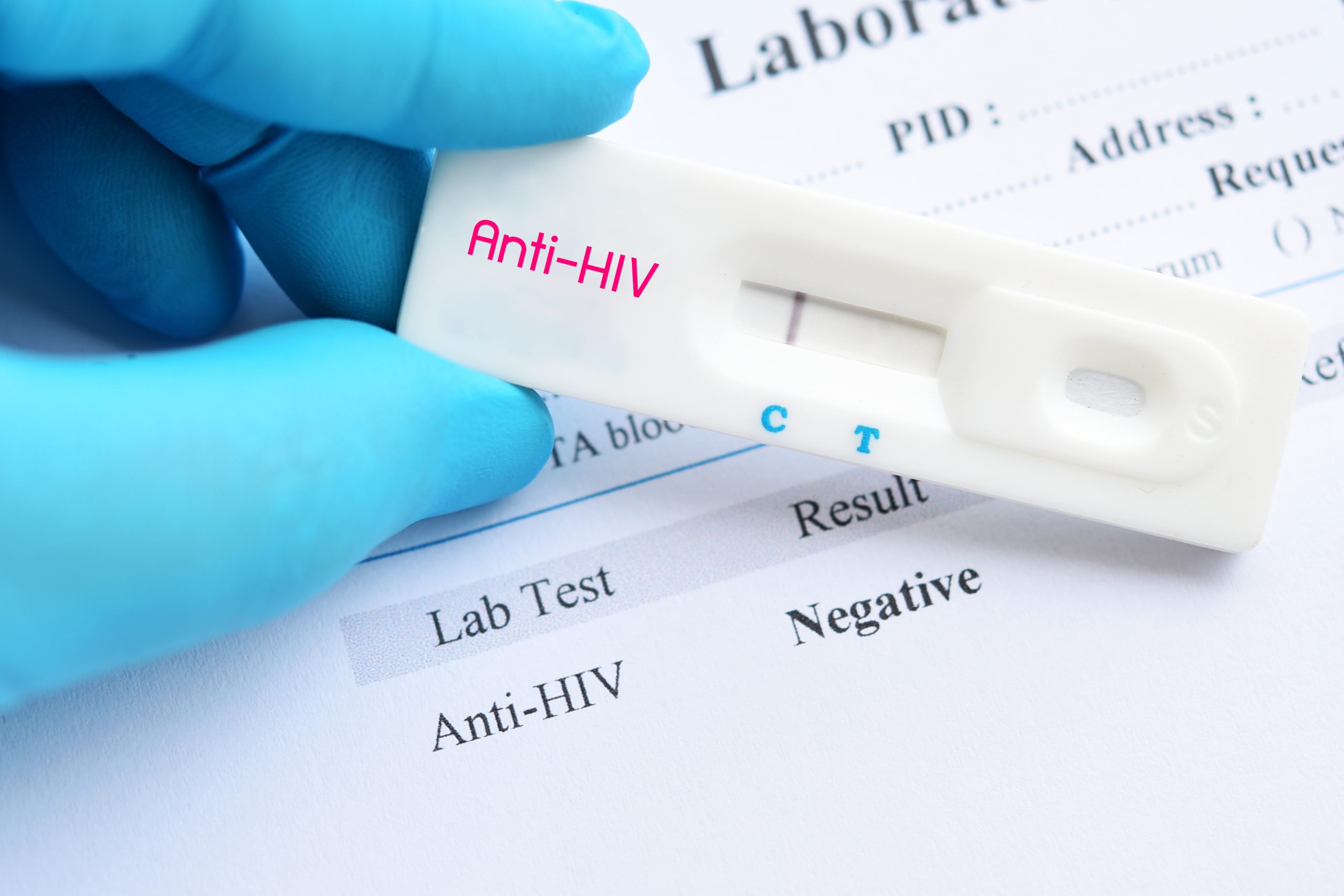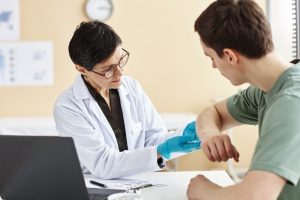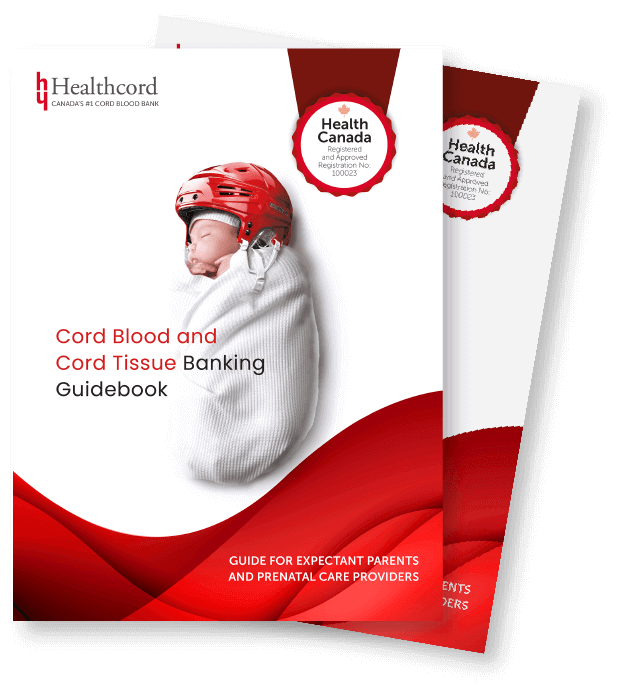
Stem cells may provide a long-term treatment for Parkinson’s disease
A pre-clinical study from Harvard Medical School demonstrates that patients’ own stem cells may one day be used to effectively treat Parkinson’s disease (PD).
PD is the second-most common neurodegenerative disease, affecting approximately seven million people worldwide and over one million people in North America. Symptoms include shaking, muscle rigidity, slowness of movement and difficulty walking. Later onset psychiatric symptoms include depression, behavioral problems and dementia.
PD is caused by loss of brain cells in the midbrain, known as dopaminergic neurons, which produce a signaling molecule called dopamine. There is currently no cure for PD. Drug treatments generally seek to restore declining dopamine levels and are effective at managing the earlier motor symptoms of the disease. However, drug therapies eventually become ineffective with the continued loss of dopaminergic neurons and the progression of the disease.
In a study published in the online edition of Cell Stem Cell, scientists in the laboratory of Dr. Ole Isacson show that stem cells can be used for long-term treatment of PD. Stem cells were derived from the skin cells of monkeys with PD, and these cells were then induced to change into dopaminergic neurons in the laboratory. The newly created neurons were implanted into the brains of the monkeys from which they were originally derived.
Implantation of an individual’s own cells is known as an autologous cell transplant. With the successful protocol, the monkey receiving the transplanted dopaminergic neurons showed remarkable recovery of motor symptoms as shown by spontaneous daytime activity and upper limb motor function. Physical movement was similar to a normal animal. Furthermore, recovery was sustained throughout the two-year duration of the study. In contrast, monkeys with PD that did not receive cell transplants continued to show PD symptoms.
This was the first study showing long-term (two years) functional recovery from the motor symptoms of PD, using an autologous stem cell-based therapy. Autologous transplant avoids potential problems of tissue rejection, which are often observed when transplanting cells from unrelated donors. Furthermore, iPSC from skin cells are a readily available source of stem cells for therapy. This study provided a basis for further clinical development of iPSC-derived cell transplant as a long-term treatment for PD.
Reference:
Hallett, PJ, Deleidi, M, Astradsson, A et al. (2015) Successful Function of Autologous iPSC-Derived Dopamine Neurons following Transplantation in a Non-Human Primate Model of Parkinson’s Disease. Cell Stem Cell.16(3):269-74. doi:10.1016/j.stem.2015.01.018.
Related Posts

Novel Cord Blood Stem Cell Treatment Leads to HIV Remission


Stem Cell Transplantation Shows Potential in Stroke Recovery









